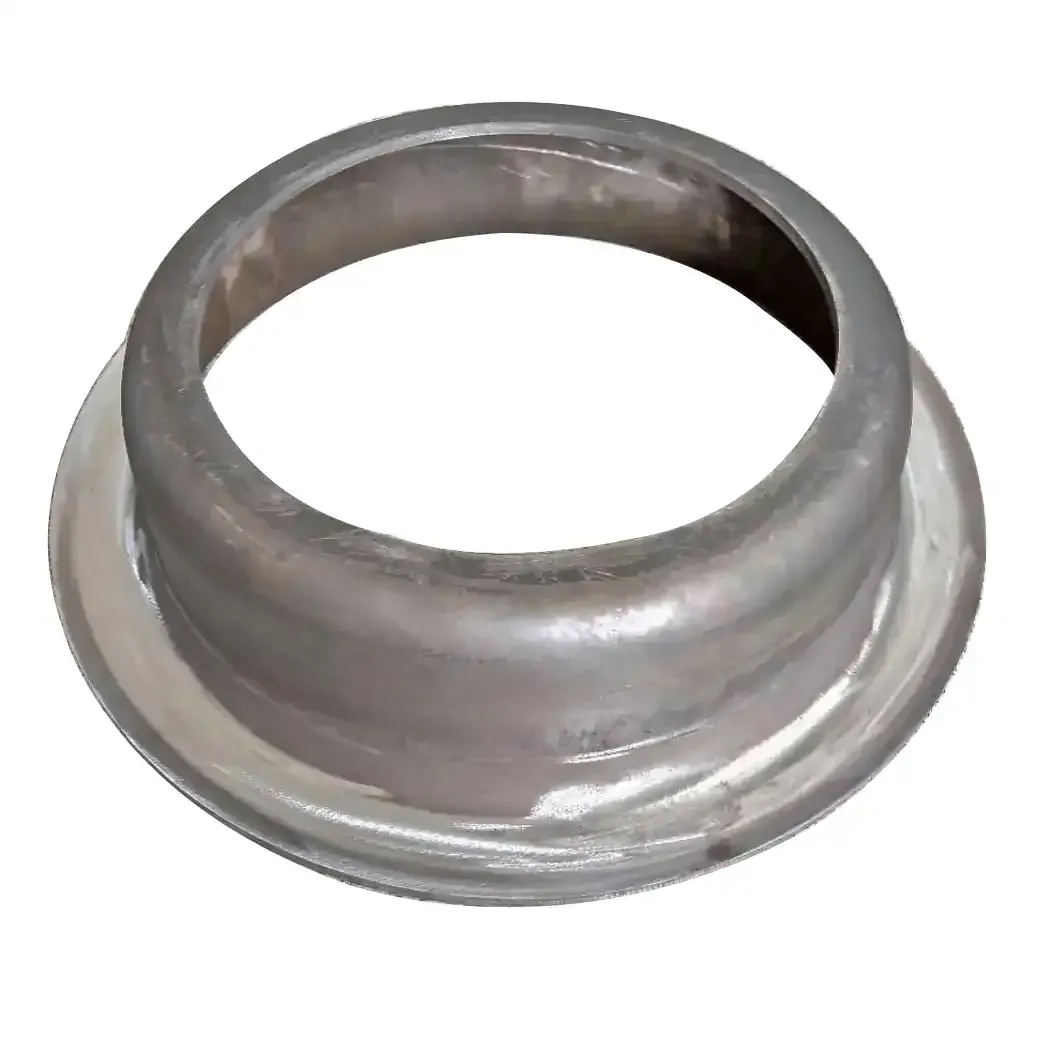- Afrikaans
- Albanian
- Amharic
- Arabic
- Armenian
- Azerbaijani
- Basque
- Belarusian
- Bengali
- Bosnian
- Bulgarian
- Catalan
- Cebuano
- China
- China (Taiwan)
- Corsican
- Croatian
- Czech
- Danish
- Dutch
- English
- Esperanto
- Estonian
- Finnish
- French
- Frisian
- Galician
- Georgian
- German
- Greek
- Gujarati
- Haitian Creole
- hausa
- hawaiian
- Hebrew
- Hindi
- Miao
- Hungarian
- Icelandic
- igbo
- Indonesian
- irish
- Italian
- Japanese
- Javanese
- Kannada
- kazakh
- Khmer
- Rwandese
- Korean
- Kurdish
- Kyrgyz
- Lao
- Latin
- Latvian
- Lithuanian
- Luxembourgish
- Macedonian
- Malgashi
- Malay
- Malayalam
- Maltese
- Maori
- Marathi
- Mongolian
- Myanmar
- Nepali
- Norwegian
- Norwegian
- Occitan
- Pashto
- Persian
- Polish
- Portuguese
- Punjabi
- Romanian
- Russian
- Samoan
- Scottish Gaelic
- Serbian
- Sesotho
- Shona
- Sindhi
- Sinhala
- Slovak
- Slovenian
- Somali
- Spanish
- Sundanese
- Swahili
- Swedish
- Tagalog
- Tajik
- Tamil
- Tatar
- Telugu
- Thai
- Turkish
- Turkmen
- Ukrainian
- Urdu
- Uighur
- Uzbek
- Vietnamese
- Welsh
- Bantu
- Yiddish
- Yoruba
- Zulu
Jul . 30, 2024 04:45 Back to list
Exploring the Efficiency and Applications of Tube-in-Tube Heat Exchangers in Various Industries
Tube-in-Tube Heat Exchangers A Comprehensive Overview
Heat exchangers are vital components in various industrial processes, facilitating efficient heat transfer between two or more fluids. Among the various types of heat exchangers, the tube-in-tube configuration stands out for its simplicity, efficiency, and versatility. This article delves into the design, advantages, applications, and considerations associated with tube-in-tube heat exchangers.
Design and Operation
A tube-in-tube heat exchanger consists of two concentric tubes the inner tube and the outer tube. The fluid to be heated or cooled circulates through the inner tube, while the heating or cooling fluid flows in the annular space between the two tubes. This configuration allows for efficient heat transfer due to the large surface area available for heat exchange and the turbulent flow of the fluids.
One of the key aspects of tube-in-tube heat exchangers is their ability to maintain a consistent temperature gradient. As the two fluids flow in opposite directions—a setup known as counterflow—the heat exchange efficiency is maximized. This counterflow arrangement ensures that the hottest fluid encounters the hottest part of the heat exchanger, thereby enhancing thermal transfer.
Advantages
Tube-in-tube heat exchangers offer several advantages that make them a popular choice across various industries
1. Compact Design The concentric design allows for a more compact installation compared to traditional shell-and-tube heat exchangers. This is particularly beneficial in applications where space is at a premium.
2. High Efficiency The large surface area and counterflow arrangement lead to high thermal efficiency, making tube-in-tube exchangers suitable for applications requiring precise temperature control.
3. Easy Maintenance Tube-in-tube designs are typically easier to clean and maintain than other configurations. The absence of complex internal structures reduces the risk of fouling, making routine maintenance more straightforward.
4. Versatility These heat exchangers can accommodate a wide range of fluids, including viscous liquids and slurries, making them suitable for various industrial applications from food processing to pharmaceuticals.
5. Reduced Pressure Drop The streamlined flow path generally results in a lower pressure drop compared to other types of heat exchangers, leading to lower energy consumption during fluid transport.
tube in tube exchangers

Applications
Due to their myriad advantages, tube-in-tube heat exchangers find application in multiple sectors
- Chemical Processing They are often employed in chemical reactors and separation processes, providing efficient heat management
.- Food and Beverage Industry In processes such as pasteurization, tube-in-tube exchangers ensure that products are heated uniformly while preserving quality.
- Oil and Gas These heat exchangers are used for both heating and cooling fluids at various stages of oil extraction and refining.
- HVAC Systems They are utilized in heating and cooling applications in buildings, providing efficient temperature regulation.
Considerations
While tube-in-tube heat exchangers are effective, certain considerations should be taken into account when selecting this type of heat exchanger
- Material Selection The materials used must withstand the specific operating conditions, including temperature, pressure, and chemical compatibility.
- Flow Rates The design must be tailored to the intended flow rates of the fluids to optimize performance and prevent issues such as flow stagnation.
- Fouling Potential Even though tube-in-tube exchangers are easier to clean, understanding the fouling tendencies of the fluids is essential for ensuring long-term efficiency.
In conclusion, tube-in-tube heat exchangers represent a robust solution for efficient heat transfer across various industries. Their combination of compact design, high efficiency, and ease of maintenance makes them a preferred choice for many applications. As industries continue to seek energy-efficient technologies, the relevance of tube-in-tube heat exchangers is likely to grow, paving the way for further innovation and development in heat exchange technology.
-
Premium Cast Iron Water Main Pipe: Durable, Corrosion-Resistant
NewsAug.03,2025
-
Durable Cast Iron Water Mains | AI-Optimized Systems
NewsAug.02,2025
-
High-Efficiency Propane Boiler for Baseboard Heat | Save Energy
NewsAug.01,2025
-
Premium Source Suppliers for Various Gray Iron Castings
NewsJul.31,2025
-
Durable Cast Iron Water Main Pipes | Long-Lasting
NewsJul.31,2025
-
High-Quality Cast Iron Water Main Pipe for Durable Infrastructure
NewsJul.30,2025


